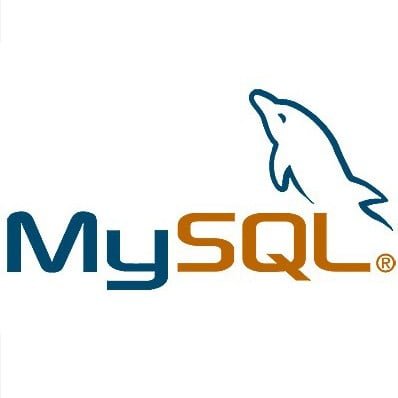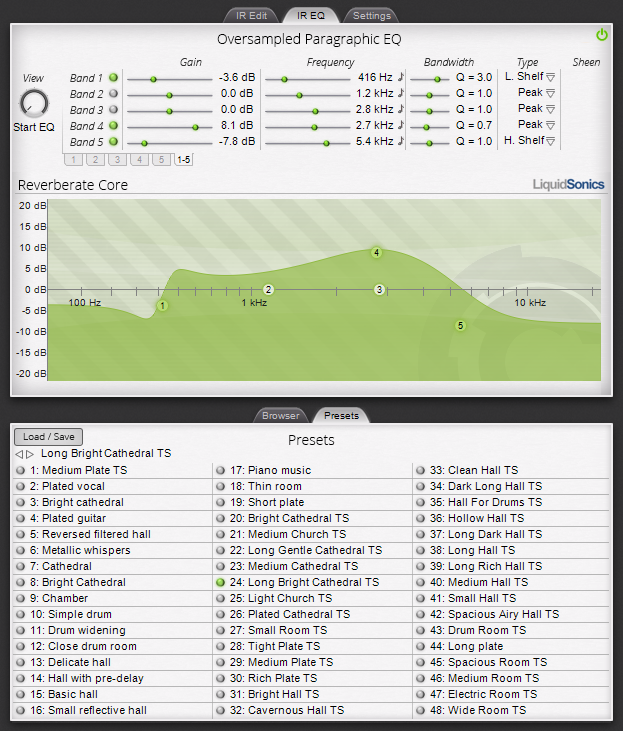Reinstall from macOS Recovery

Chromium OS is an open source operating system development version of Chrome OS. Both operating systems are based on the Linux kernel. Chrome OS is designed to work exclusively with web applications. Announced on July 7, 2009, Chrome OS is currently. For all Macs that are compatible with a specifc maximum supported version of Mac OS X - courtesy of EveryMac.com's Ultimate Mac Sort- click the OS of interest. Systems with 'Current' support the latest version of the macOS, macOS Big Sur (macOS 10.16/macOS 11), currently under development and scheduled for final release this autumn. All University Mac users are strongly advised to upgrade from OS X Yosemite operating system to macOS Sierra (v10.12.6), as soon as possible, as Yosemite is no longer supported by Apple. If you are currently running OS X El Capitan (10.11.x) or macOS Sierra (10.12.x) then you.
macOS Recovery makes it easy to reinstall the Mac operating system, even if you need to erase your startup disk first. All you need is a connection to the Internet. If a wireless network is available, you can choose it from the Wi-Fi menu , which is also available in macOS Recovery.

1. Start up from macOS Recovery
The latest version of Mac OS X is Mac OS 10.8 'Mountain Lion.' It was released on July 25, 2012. Updates through April 22, 2013 have produced version 10.8.3 The latest Windows version is Windows 8. The usage share of operating systems is the percentage of computing devices that run each operating system (OS) at any particular time. All such figures are necessarily estimates because data about operating system share is difficult to obtain; there are few reliable primary sources – and no agreed methodologies for its collection.
To start up from macOS Recovery, turn on your Mac and immediately press and hold one of the following sets of keys on your keyboard. Yosemite mac os download. Release the keys when you see an Apple logo, spinning globe, or other startup screen.
Command (⌘)-R
Reinstall the latest macOS that was installed on your Mac (recommended).
MySQL for macOS is available in a number of different forms: Native Package Installer, which uses the native macOS installer (DMG) to walk you through the installation of MySQL. For more information, see Chapter 2, Installing MySQL on macOS Using Native Packages.


Option-⌘-R
Upgrade to the latest macOS that is compatible with your Mac.
Shift-Option-⌘-R
Reinstall the macOS that came with your Mac, or the closest version still available.
You might be prompted to enter a password, such as a firmware password or the password of a user who is an administrator of this Mac. Enter the requested password to continue.
Current Operating System For Mac
When you see the utilities window, you have started up from macOS Recovery.
2. Decide whether to erase (format) your disk

Current Operating System For Mac
You probably don't need to erase, unless you're selling, trading in, or giving away your Mac, or you have an issue that requires you to erase. If you need to erase before installing macOS, select Disk Utility from the Utilities window, then click Continue. Learn more about when and how to erase.
3. Install macOS
When you're ready to reinstall macOS, choose Reinstall macOS from the Utilities window. Then click Continue and follow the onscreen instructions. You will be asked to choose a disk on which to install.
- If the installer asks to unlock your disk, enter the password you use to log in to your Mac.
- If the installer doesn't see your disk, or it says that it can't install on your computer or volume, you might need to erase your disk first.
- If the installer is for a different version of macOS than you expected, learn about macOS Recovery exceptions.
- If the installer offers you the choice between installing on Macintosh HD or Macintosh HD - Data, choose Macintosh HD.
Please allow installation to complete without putting your Mac to sleep or closing its lid. During installation, your Mac might restart and show a progress bar several times, and the screen might be empty for minutes at a time.
Current Operating System For Macbook Pro
If your Mac restarts to a setup assistant, but you're selling, trading in, or giving away your Mac, press Command-Q to quit the assistant without completing setup. Then click Shut Down. When the new owner starts up the Mac, they can use their own information to complete setup.
macOS Recovery exceptions
Most Current Operating System For Macbook Air
The version of macOS offered by macOS Recovery might vary in some cases:

Chromium OS is an open source operating system development version of Chrome OS. Both operating systems are based on the Linux kernel. Chrome OS is designed to work exclusively with web applications. Announced on July 7, 2009, Chrome OS is currently. For all Macs that are compatible with a specifc maximum supported version of Mac OS X - courtesy of EveryMac.com's Ultimate Mac Sort- click the OS of interest. Systems with 'Current' support the latest version of the macOS, macOS Big Sur (macOS 10.16/macOS 11), currently under development and scheduled for final release this autumn. All University Mac users are strongly advised to upgrade from OS X Yosemite operating system to macOS Sierra (v10.12.6), as soon as possible, as Yosemite is no longer supported by Apple. If you are currently running OS X El Capitan (10.11.x) or macOS Sierra (10.12.x) then you.
macOS Recovery makes it easy to reinstall the Mac operating system, even if you need to erase your startup disk first. All you need is a connection to the Internet. If a wireless network is available, you can choose it from the Wi-Fi menu , which is also available in macOS Recovery.
1. Start up from macOS Recovery
The latest version of Mac OS X is Mac OS 10.8 'Mountain Lion.' It was released on July 25, 2012. Updates through April 22, 2013 have produced version 10.8.3 The latest Windows version is Windows 8. The usage share of operating systems is the percentage of computing devices that run each operating system (OS) at any particular time. All such figures are necessarily estimates because data about operating system share is difficult to obtain; there are few reliable primary sources – and no agreed methodologies for its collection.
To start up from macOS Recovery, turn on your Mac and immediately press and hold one of the following sets of keys on your keyboard. Yosemite mac os download. Release the keys when you see an Apple logo, spinning globe, or other startup screen.
Command (⌘)-R
Reinstall the latest macOS that was installed on your Mac (recommended).
MySQL for macOS is available in a number of different forms: Native Package Installer, which uses the native macOS installer (DMG) to walk you through the installation of MySQL. For more information, see Chapter 2, Installing MySQL on macOS Using Native Packages. Download the disk image (.dmg) file (the community version is available here) that contains the. Bill shows how to install MySQL on a Mac, as well as machines running Windows and Ubuntu Linux. He demonstrates how to create user accounts, assign database access privileges, and manage passwords. How do I install command line MySQL client on mac? Ask Question Asked 5 years, 3 months ago. Active 2 months ago. Viewed 165k times 139. I want to install the MySQL client for the command line, not a GUI. I have searched over the web but only found instructions on installing the MySQL server. Download MySQL Server for Mac from the MySQL Community site. Mount the DMG and double click the.pkg file to begin the installation. Mount the DMG and double click the package to begin the installation Step through the installer installer and make a note of your temporary root password.
Option-⌘-R
Upgrade to the latest macOS that is compatible with your Mac.
Shift-Option-⌘-R
Reinstall the macOS that came with your Mac, or the closest version still available.
You might be prompted to enter a password, such as a firmware password or the password of a user who is an administrator of this Mac. Enter the requested password to continue.
Current Operating System For Mac
When you see the utilities window, you have started up from macOS Recovery.
2. Decide whether to erase (format) your disk
Current Operating System For Mac
You probably don't need to erase, unless you're selling, trading in, or giving away your Mac, or you have an issue that requires you to erase. If you need to erase before installing macOS, select Disk Utility from the Utilities window, then click Continue. Learn more about when and how to erase.
3. Install macOS
When you're ready to reinstall macOS, choose Reinstall macOS from the Utilities window. Then click Continue and follow the onscreen instructions. You will be asked to choose a disk on which to install.
- If the installer asks to unlock your disk, enter the password you use to log in to your Mac.
- If the installer doesn't see your disk, or it says that it can't install on your computer or volume, you might need to erase your disk first.
- If the installer is for a different version of macOS than you expected, learn about macOS Recovery exceptions.
- If the installer offers you the choice between installing on Macintosh HD or Macintosh HD - Data, choose Macintosh HD.
Please allow installation to complete without putting your Mac to sleep or closing its lid. During installation, your Mac might restart and show a progress bar several times, and the screen might be empty for minutes at a time.
Current Operating System For Macbook Pro
If your Mac restarts to a setup assistant, but you're selling, trading in, or giving away your Mac, press Command-Q to quit the assistant without completing setup. Then click Shut Down. When the new owner starts up the Mac, they can use their own information to complete setup.
macOS Recovery exceptions
Most Current Operating System For Macbook Air
The version of macOS offered by macOS Recovery might vary in some cases:
- If macOS Sierra 10.12.4 or later has never been installed on this Mac, Option-Command-R installs the macOS that came with your Mac, or the closest version still available. And Shift-Option-Command-R isn't available.
- If you erased your entire disk instead of just the startup volume on that disk, macOS Recovery might offer only the macOS that came with your Mac, or the closest version still available. You can upgrade to a later version afterward.
- If your Mac has the Apple T2 Security Chip and you never installed a macOS update, Option-Command-R installs the latest macOS that was installed on your Mac.
- If you just had your Mac logic board replaced during a repair, macOS Recovery might offer only the latest macOS that is compatible with your Mac.
Apple Mac Os Systems
If you can't get macOS Recovery to offer the installer you want, you might be able to use one of the other ways to install macOS.
Other ways to install macOS
Current Operating System For Macbook Pro
- You can also install macOS from the App Store or Software Update preferences. If you can't install macOS Catalina, you might be able to install an earlier macOS, such as macOS Mojave, High Sierra, Sierra, El Capitan, or Yosemite.
- Or create a bootable installer disk, then use that disk to install macOS on your Mac or another Mac.

